How to Use Reflector 3 and Get 7 Screen-Mirroring Alternatives
Advertisement
Screen-mirroring has made it easy for us to display what's on a phone, tablet, or computer directly onto a bigger screen without fumbling with cables. One popular tool for this is Reflector 3. It’s designed to help you stream your devices effortlessly, but how exactly does it work? And what if you want other choices? Let's walk through everything in simple terms so you can find what fits you best.
How Reflector 3 Works
Reflector 3 is pretty straightforward once you know the basics. It turns your computer into a wireless receiver, so you can cast your screen without needing extra hardware. Whether you’re using AirPlay, Google Cast, or Miracast, Reflector 3 brings everything together in one place. Once installed on your Mac or Windows computer, Reflector 3 waits for a connection. All you need to do is:
- Make sure your device and computer are on the same Wi-Fi network.
- Open screen-mirroring options on your phone, tablet, or computer.
- Choose your computer from the list of available devices.
- Start mirroring.
That's it. Reflector 3 mirrors your screen in real-time. It even lets you record sessions, add voiceover narration, and use password protection if needed. The app is very light on your system and doesn’t clutter you with a bunch of menus. One thing you should know is that Reflector 3 works best when you have strong Wi-Fi. If your connection is weak or spotty, the quality will dip, and you might notice delays or drops.
Key Features That Make Reflector 3 Stand Out
Reflector 3 does more than just mirror your device. It brings a handful of features that make it a flexible choice for many situations.
Multiple Device Connections: Reflector 3 lets you mirror more than one device at once. Perfect for comparing apps side-by-side or running a demo that needs input from different sources.
Screen Recording: Need to create a tutorial or save a mirrored session? Reflector 3 has a built-in recorder. You can capture everything happening on the screen, along with any voiceover, without needing a second app.
Smart Layouts: When you're mirroring more than one device, Reflector 3 automatically arranges the screens so they look clean and organized. You can also manually move them around if you want a different view.
Security Options: Reflector 3 lets you enable on-screen codes and password prompts. This way, only approved devices can connect, which is useful if you're mirroring during a meeting or class.
Live Streaming: Reflector 3 can stream your mirrored screens directly to YouTube, which makes it a good option for live events or remote lessons.
If you’re someone who often shares their screen in meetings, teaches, or just likes showing friends their gameplay or photos, Reflector 3 fits right into your workflow.
7 Alternatives to Reflector 3 You Should Know About
While Reflector 3 is a solid pick, you might want to look around before committing. Different apps bring their own flavor to the table. Let’s check out seven great options.
ApowerMirror
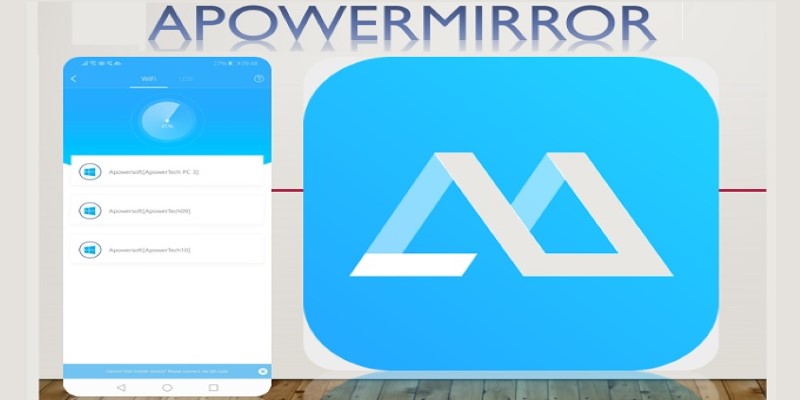
ApowerMirror is one of the easiest to use. It works with Android, iOS, Windows, and Mac. You get screen-mirroring, screen recording, and even control your phone right from your computer with a mouse and keyboard. It's perfect if you want something that feels natural and quick to set up.
2. AirServer
AirServer turns your computer into a universal receiver, supporting AirPlay, Google Cast, and Miracast at once. It’s widely used in schools and offices. It costs a bit more, but the performance is solid, especially if you're mirroring in 4K.
3. LetsView
LetsView is a completely free option that does a lot without asking for a penny. You can mirror, take screenshots, record screens, and even annotate while mirroring. It doesn't feel stripped down even though it’s free, which makes it a smart pick for casual users.
4. Mirroring360
Mirroring360 lets you mirror devices without needing any extra apps installed on the sender's side. It supports Android, iOS, Windows, and Mac. It’s lightweight and works smoothly even on older computers.
5. 5KPlayer
5KPlayer is a bit different because it’s a media player first but comes with AirPlay support built-in. You can stream your device screen or mirror directly through its app. If you like combining media playing and screen-mirroring under one roof, 5KPlayer feels very convenient.
6. Vysor
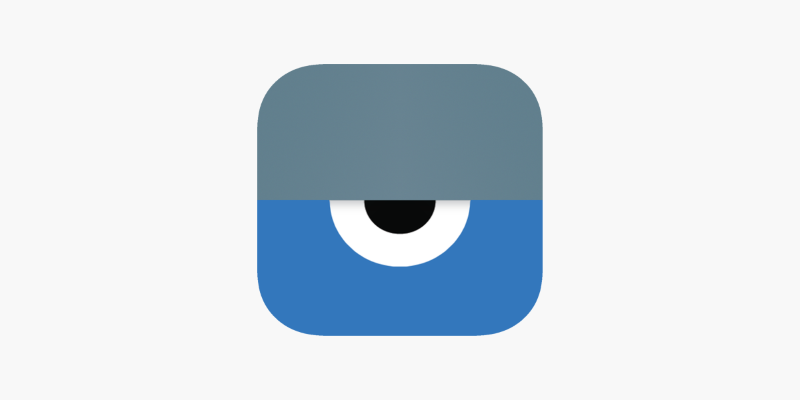
Vysor is mainly for Android users who want to control and mirror their phone on a computer. It runs as a Chrome extension or standalone app. There's a free version, but for better resolution and wireless support, you’ll need to pay a small fee.
7. AnyDesk
AnyDesk isn’t exactly a screen-mirroring app in the traditional sense, but it lets you mirror and control devices remotely. It's lightweight, secure, and surprisingly quick, even on slower connections. It’s better suited for technical support or remote work rather than casual mirroring.
Which One Should You Pick?
Choosing between these apps depends on what you want to do. If you’re looking for the most features packed neatly into one app, Reflector 3 and ApowerMirror are easy wins. If you want free and reliable, LetsView won’t disappoint. And if you’re into remote work, AnyDesk will feel like a better fit. No matter which app you pick, remember that good Wi-Fi makes a massive difference in how smooth your screen-mirroring experience will be. Slow networks can cause lag, stuttering, or even disconnects, no matter how good the app is.
Wrapping It Up
Reflector 3 makes screen-mirroring as simple as it should be, offering features that go beyond basic mirroring without making things complicated. Whether you're sharing a game, running a class, presenting at work, or just showing a funny video to friends, it gets the job done. But you don't have to stop at Reflector 3. With great alternatives like ApowerMirror, AirServer, and LetsView available, there’s a good fit for everyone out there. The trick is just to know what feels right for your needs.
Advertisement
Related Articles

How to Capture and Analyze Site Launches with Web Launch Recorder and Its Alternatives
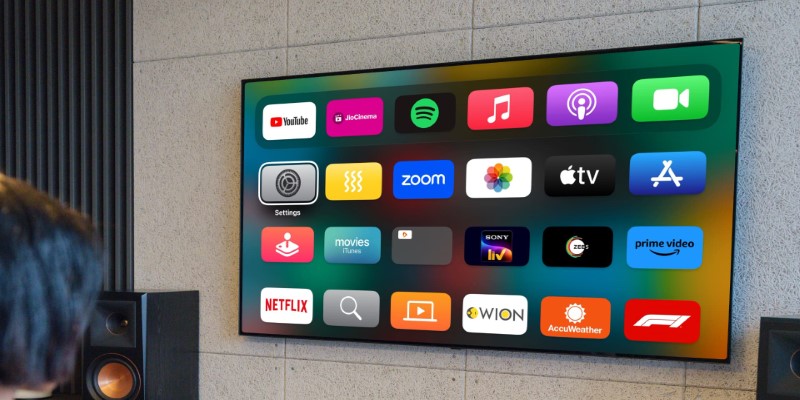
Got a Video? Here’s How to Play It on Apple TV in 7 Ways

10 Reasons Why MailerLite Stands Out in 2025: A Complete Review for Email Marketers

How Can You Simplify Repeating Tasks Using Asana?

Easy Ways To Automatically Upload Zoom Recordings To Google Drive

How To Add Custom Search Engines To Chrome—Try These 7 Search Engines
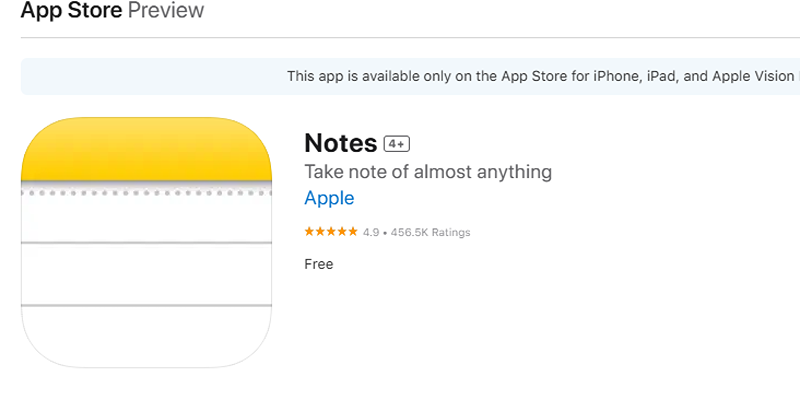
Apple Notes Review: How It Stacks Up Against Rivals
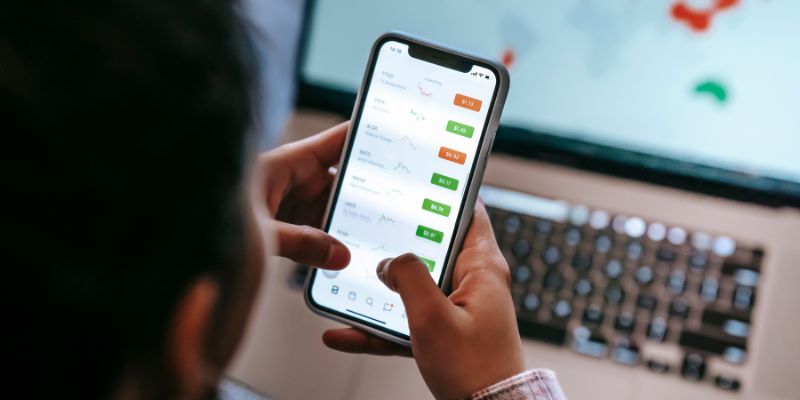
What Are the Best Methods to Integrate Square into Your Business Apps?

5 Creative GitHub Automation Ideas to Try

Top 10 Ways to Get More from Your URL Shorteners with Automation

How to Schedule Mailchimp Campaigns Using Google Calendar: A Step-by-Step Guide
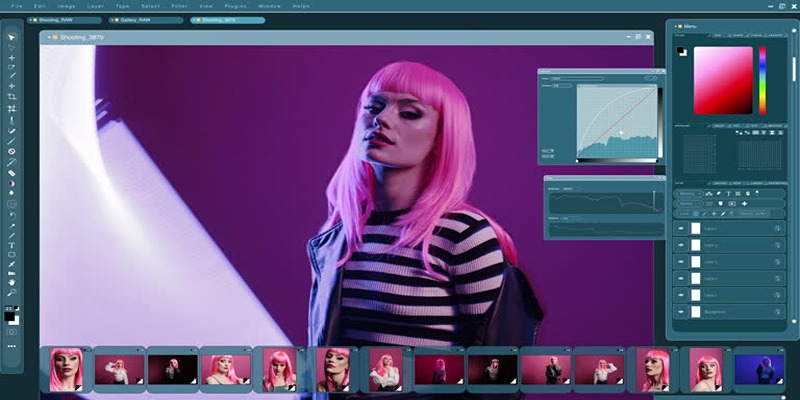
 novityinfo
novityinfo